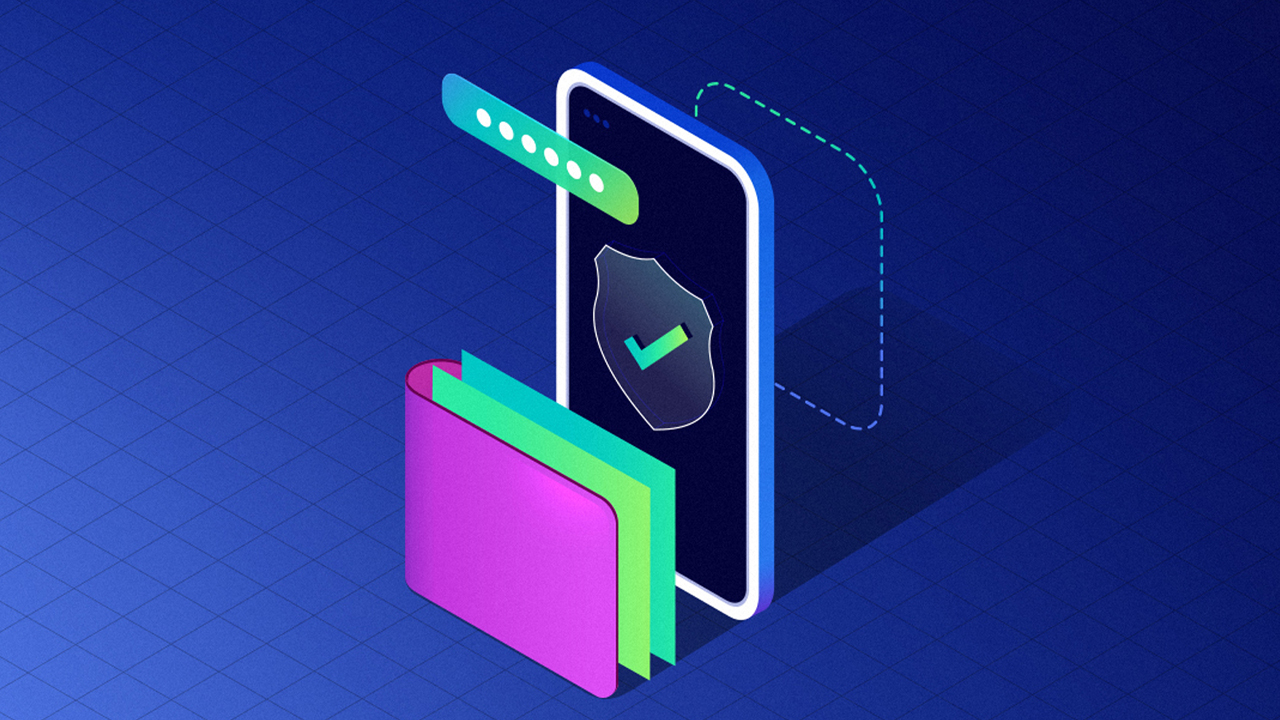Keeping your money somewhere safe and accessible is a problem as old as civilization. In modern times, we have a few practical solutions. You could always keep some cash “under the mattress” such as at home in a safe and some spending money in your wallet. But for larger sums, it makes sense to keep your money with a bank, where it’s secure and FDIC insured.
That money at the bank also exists in digital form, recorded on the bank’s internal ledger, making it easily accessible via ATM or debit card.
In the context of this piece, keeping your money at the bank is a form of a custodial wallet. By depositing your money with the bank, they now have custody of your assets and hold the keys, but allow you to access your funds at your convenience. Naturally, some restrictions apply, both from a regulatory and operational perspective. There might be limits on how much money you can take out without providing additional information. Or the bank might be closed on Sunday.
The arrival of the non-custodial wallet
The rise of Bitcoin and crypto — now a trillion-dollar asset class — has birthed a new way of storing your funds: the non-custodial wallet.
Similar to the bank, your money exists in digital form on a ledger, but rather than sitting on the bank’s ledger, the accounts are listed on a blockchain.
And because this is a non-custodial wallet, you own the keys to your wallet rather than the bank. In a way, it’s akin to keeping cash at home in a safe or in your physical wallet. Since it’s in digital form, you can securely and conveniently keep far larger sums under your direct control. The best part? You can access your funds and initiate payments for transfers 24/7/365 in real-time and with minimal costs. That’s the benefit of relying on a blockchain (and yourself) rather than a bank.
Non-custodial wallets can hold an assortment of assets — from crypto to NFTs to fiat-denominated currencies such as US dollar stablecoins. With the emergence of decentralized finance or DeFi in this last crypto cycle, we saw non-custodial wallets facilitate the transfer of billions of dollars of value.
A compliant wallet that you own and control
With sums like that, regulators and policy makers are taking notice. Now that crypto winter is upon us, the focus will now shift towards digital identity and how to make non-custodial wallets compliant.
Last week, GlobaliD released its non-custodial wallet with support for crypto, NFTs, and US dollar stablecoins — all while being attached to a digital identity, one of the first of its kind.
Our vision for the future of digital wallets is straightforward. You should be able to have ownership and control of your identity and your wallet. You should have the keys to your economic potential in a fully compliant manner. Empowered by digital identity, these types of wallets should eventually be fully featured just like your custodial wallet at the bank.
That’s great news for individuals that care about their digital and financial sovereignty, but it’s also great news for the 1.7 billion people who don’t have access to a basic bank account, many of whom don’t have access to traditional identifying documents.
A bridge to web3
From there, it only gets more exciting. Another way to look at non-custodial wallets is that they’re sort of like a browser for the blockchain. Just as Netscape made the internet accessible to millions of mainstream users in the 90s, digital wallets for your identity and your money will be your portal into web3 and beyond.
Learn more about the new GlobaliD Wallet:
Visit the App Store or Google Play Store to download the latest version of the GlobaliD app today and check out our non-custodial wallet.
If you’d like to learn more about GlobaliD, contact our sales team or follow us on Twitter, LinkedIn and YouTube.
You might also like:
Part 1: What a smart and humanistic approach to digital identity would like
Part 2: The Trust Triangle — the system of issuers, holders, and verifiers that illustrates how identity works (and how it’s broken, today)
Part 3: Why the ID Wallet is the first step toward achieving a new vision for digital identity
Part 4: Why every company is an identity company
Part 5: What is Bring Your Own Identity?
Part 6: Reusable Identity
Part 7: Device-based identity
Part 8: Selective sharing

